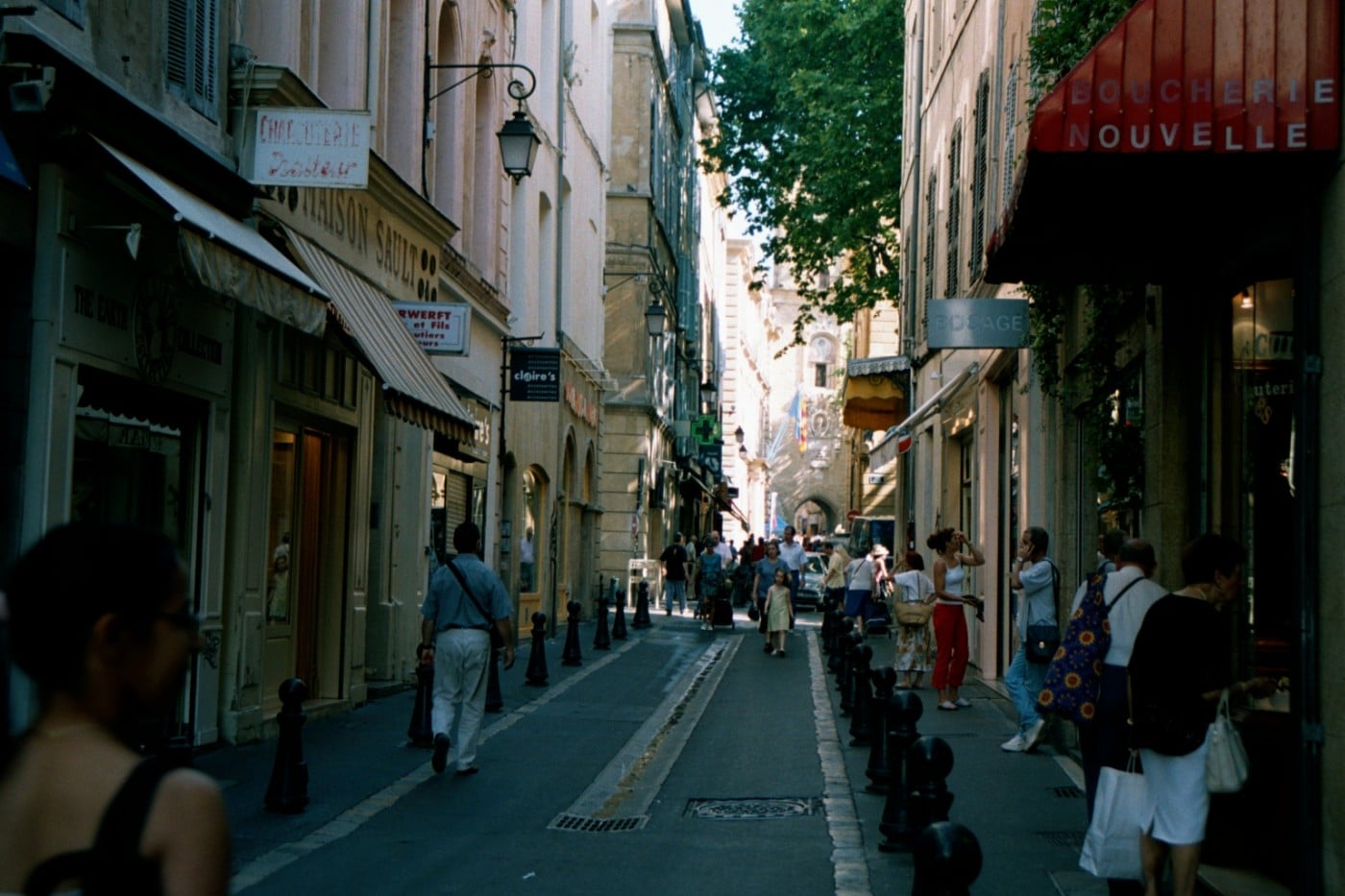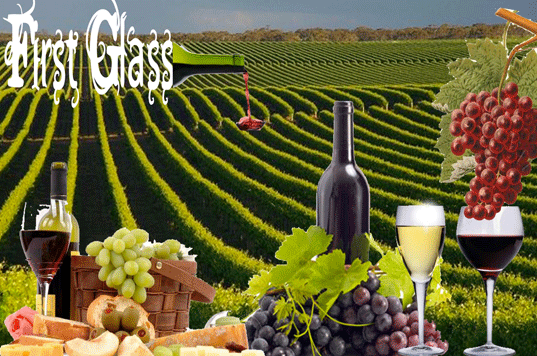Everything’s coming up Rosé
Blazing sun, boiling heat and no beach in sight … what’s the solution?
A refreshing rose that will transport you from city sidewalks (or wherever you’re sweltering this summer) to the rolling hills of southern France.
OK, before you begin to sneer, let’s be upfront about rose. It’s often pushed aside with a roll of the eye, even by the winemakers themselves.
Quelle dommage!
Now, thanks to a generation of savvy winemakers and improved technologies, rose is slowly but surely making its way onto travelers’ “must try” lists along with ratatouille and bouillabaisse. Its food-friendliness, to say nothing of its beauty in the glass, gives this delightful wine a proper place on the table. It gets a thumbs-up from even from the French. Rose wines have now surpassed white wines in volume of sales. Mon Dieu!
So, to enjoy rose, we must first dispel some rumors out there about our favorite pink wine.
First, rose is neither white zinfandel nor blush and secondly, it is not a blend of red and white wines. In southern France, rose is made from red grapes while here, it’s most often the Rhone varieties, which we already enjoy in other worldly wines like Syrah and Grenache. Typically, the grapes are crushed and the skins stay in contact with the juice for a short period of time (anywhere from a few hours to a couple of days) lending color and tannins. The longer the skins and the juice mix, the deeper the color. The lightest roses are shell pink; the darkest can have bluish-purple tones.
Third, rose is not sweet. The best made roses are crisp and dry, full of strawberries and lychee on the nose and other bright red fruits continuing on the palate. It’s low in tannins and acid and high on brightness and vitality making it the perfect summer refresher. But because it is so versatile with food—light grilled meats, pork, spicy cuisine—rose can easily be on the table year round.
So, now that you know what wine to drink, you’ll want to know where to best experience it.
Throughout southern France, you can find hundreds of labels in small bottle shops, cafes or wine co-ops, which are bulk winemaking facilities that use the grapes of multiple growers. It’s easy to shrug off co-op wines— traditionally they’ve been coarse Vin de Pays blends—but increasingly, co-ops are improving quality and turning out enjoyable wines at value prices. If you’re renting a house here, in the Luberon or the Rhone, you can fill up your own jug which is friendly on the wallet as well as the earth. Some caves, as the co-ops are called, offer frequent drinker cards.
Your likely entry to the region will be Avignon via TGV (Train Gran Vitesse) from Paris. You’ll find plenty of restaurants serving rose. Take a seat at an outdoor café in the shadow of the Papal Palace and enjoy a glass with a charcuterie plate.
Happily, all roads leading to rose wind through some of the most gorgeous countryside in France, framed by the jagged Dentelles de Montmirail mountain range. Petite and Grand Luberon (under the radar home of many celebrities), Cotes du Ventoux and Chateauneuf du Pape are all key wine-making regions with a variety of venues for enjoying wine. Winemaking in Chateauneuf du Pape dates to the 14th century and the picturesque medieval village is a mecca for tourists and oenophiles, which means you’ll find pricey wine shops but considerably high quality. Less touristy towns such as Carpentras and Beaumes de Venise have lively markets with fresh produce, local cheeses and meats—perfect fixings for your rose inspired meals.
Lana Bortolot is the east coast editor of The Tasting Panel, a nationally distributed magazine for the wine & spirits trade. She is pursuing the advanced Wine and Spirits Education Trust (WSET) certificate.


